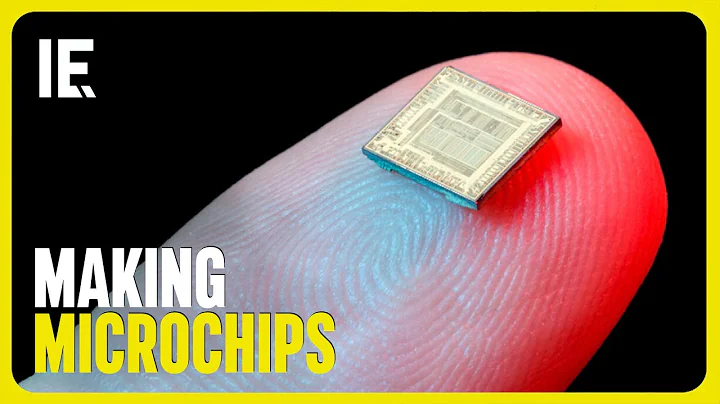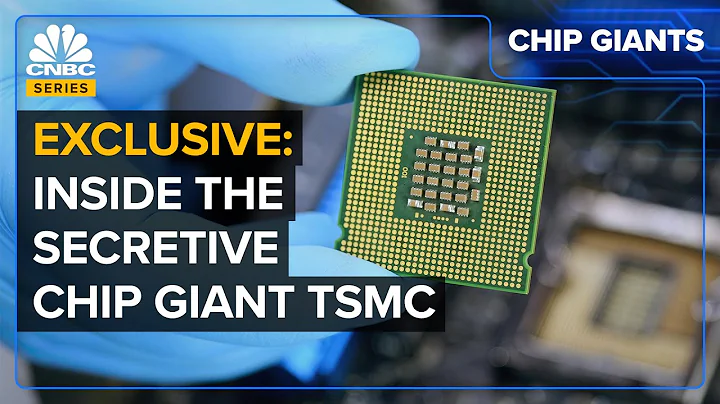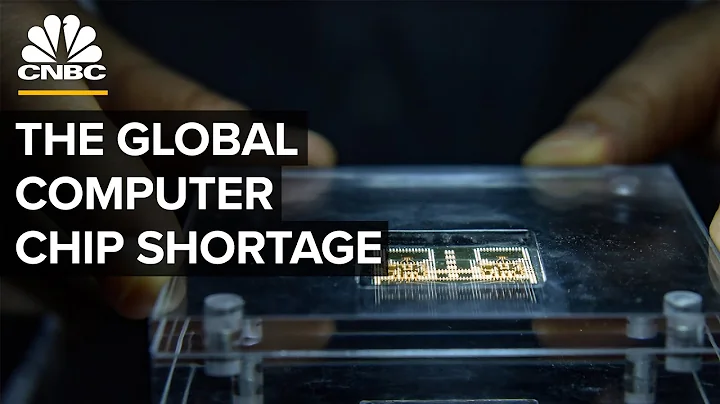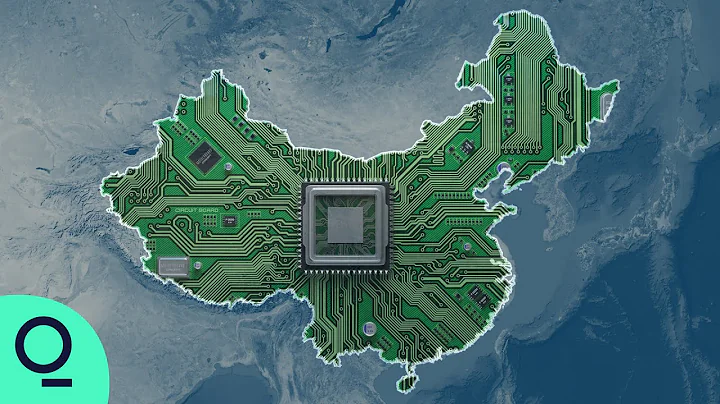As we all know, after the U.S. chip ban interrupted the global semiconductor supply chain and triggered a global core shortage crisis, the world is vigorously developing wafer manufacturing.
For example, this is the case in the United States, , the European Union, , Japan, South Korea, mainland China, and Taiwan. Everyone wants to control the wafer manufacturing capabilities in their own mobile phones.
Therefore, wafer factories have chosen to expand production, which has led to an increase in equipment demand. Semiconductor equipment manufacturers around the world are making a lot of money and cannot supply enough.

As domestic wafer fabs are also expanding their production in large quantities, according to agency statistics, there are currently 23 12-inch wafer fabs in mainland China being put into production, and in terms of 8-inch wafer production capacity, it ranks first in the world.
Not only that, domestic wafer fabs are still expanding/building new ones. By 2025, the planned total production capacity will increase by more than 30% compared to the existing production capacity.
This requires a large amount of semiconductor equipment. Based on the current situation, it will naturally usher in more opportunities for domestic equipment manufacturers. After all, the domestic production rate of domestic semiconductor equipment in 2021 is only 27.4%. There is a huge domestic production alternative space.

From January to April 2022, when some media counted 401 semiconductor equipment purchased by major wafer factories, they found that domestic equipment only accounted for 24.2% of them, that is, only 97 were domestically produced. The rest are all imported from abroad.
Recently, another organization counted the bidding situation of domestic wafer manufacturers in the second quarter of 2022, and found that the number of publicly tendered equipment in the second quarter was as high as 643 .
But this time the domestic production rate has been greatly improved. Domestic equipment manufacturers have won the bid for a total of 387 equipment, accounting for as high as 60%.

From the perspective of specific equipment types, etching , thin film deposition and other core equipment are in greater demand. Among them, there are 4 photolithography equipment, 49 etching equipment, 74 thin film deposition equipment, 80 process testing equipment, 21 ion implantation equipment, 20 CMP equipment, 36 heat treatment equipment, 79 cleaning equipment, and 14 glue coating and development equipment.
The lithography machine has a low localization rate. 3 of the 4 are ASML, and only 1 is the stepper lithography machine of Shanghai Microelectronics, which is used for 90nm, 110nm, 280nm key layers and Photolithography process requirements for non-critical layers.
Etching machines performed better. Northern Huachuang and China Microelectronics won the bid for a total of 38 etching equipment, exceeding the combined total of 19 units from Lam Semiconductor and Tokyo Electronics, with a domestic production rate of 67%.

It can be seen that, on the whole, domestic semiconductor equipment has made significant progress, and the domestic production rate is getting higher and higher. This also means that domestic wafer factories are increasingly supporting domestic equipment.
In fact, for China’s chip industry to rise, the entire industry chain must rise, because even if you have money, you may not be able to buy advanced equipment, such as EUV lithography machines. We hope that with the support of domestic wafer factories, domestically produced Equipment is rapidly being replaced by domestic ones, especially with the rise of domestic photolithography machines, so there is really no need to worry about being stuck by semiconductor equipment.





















